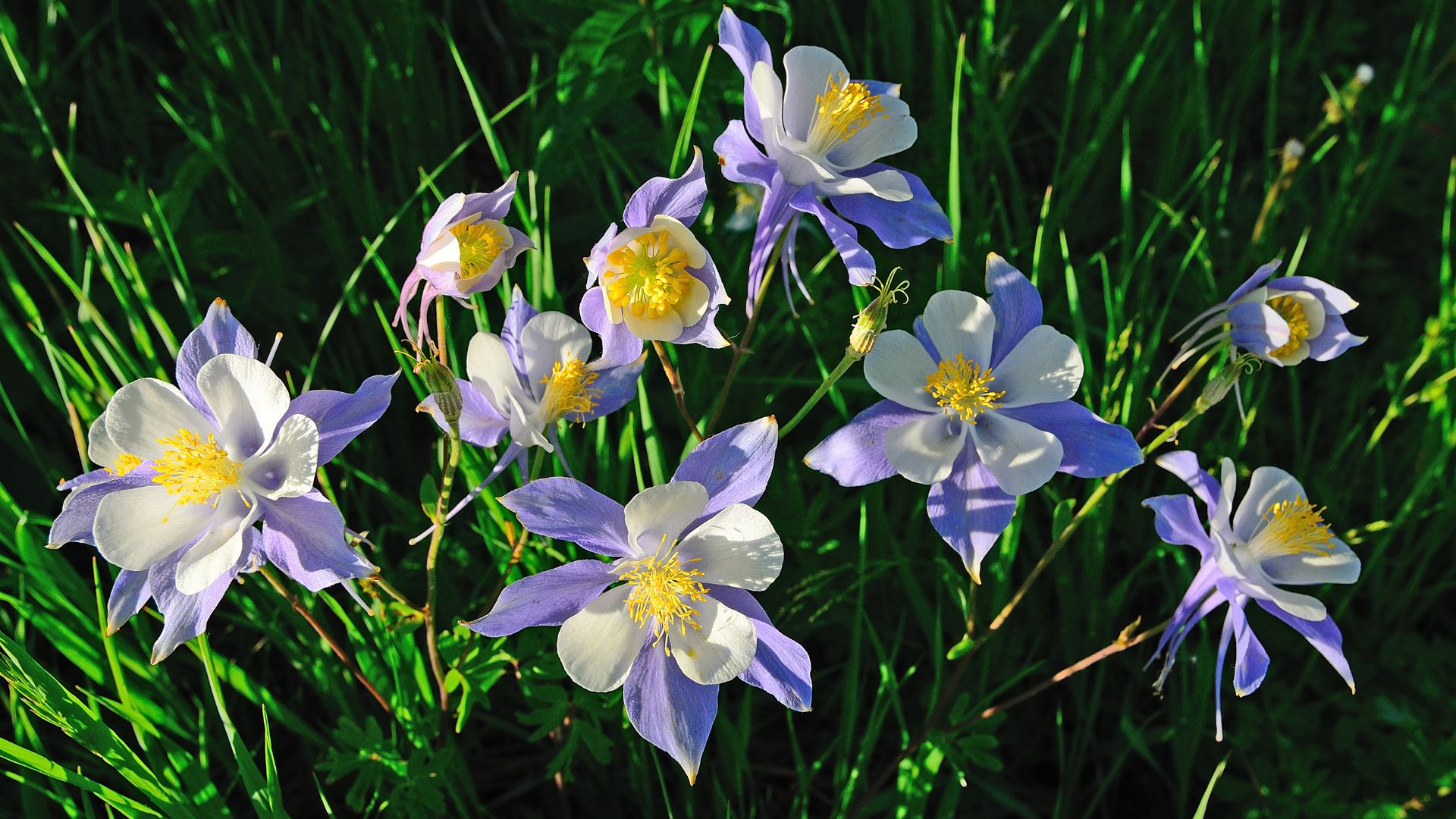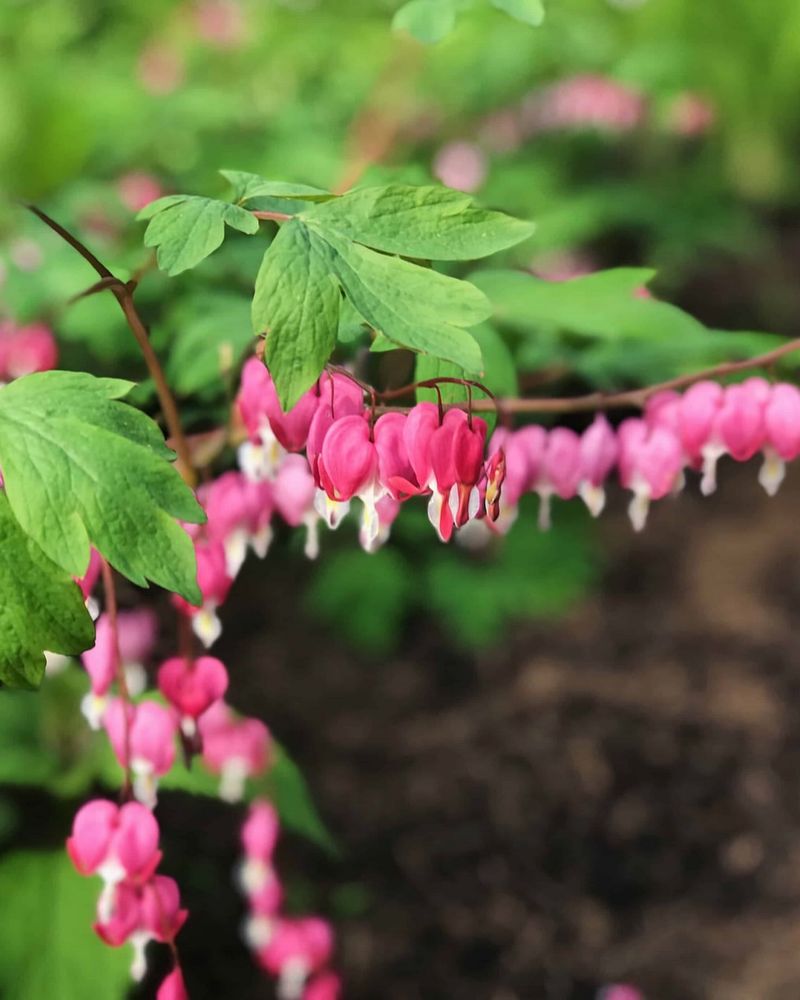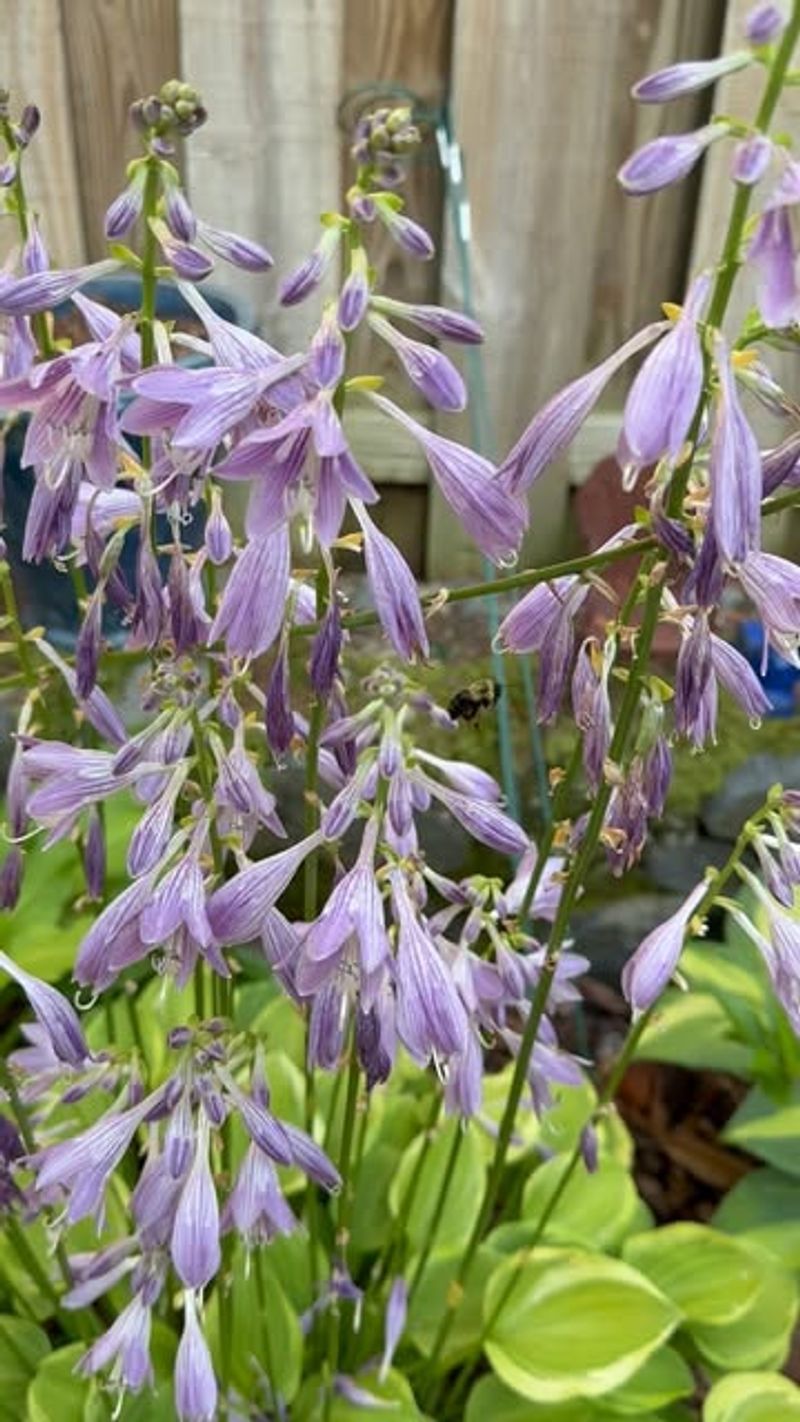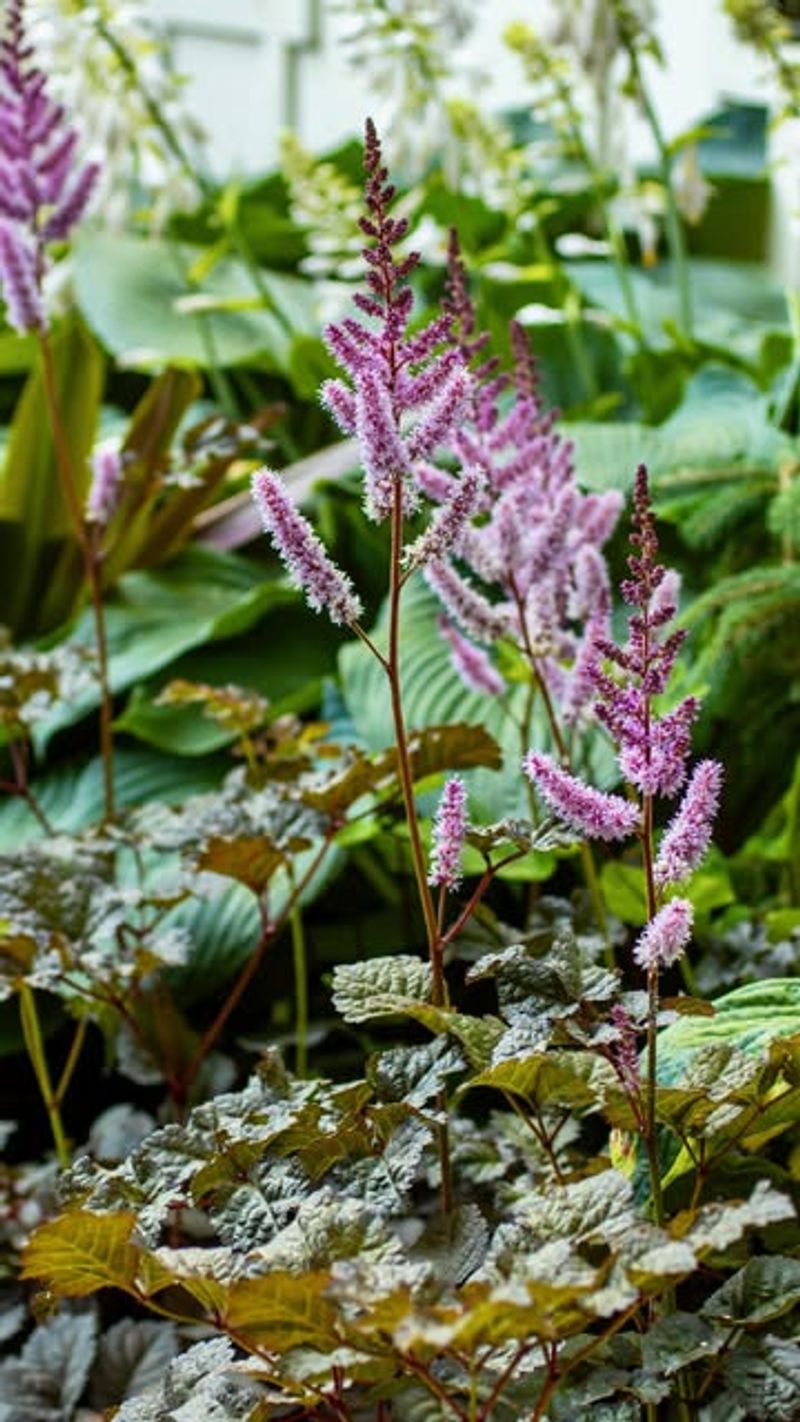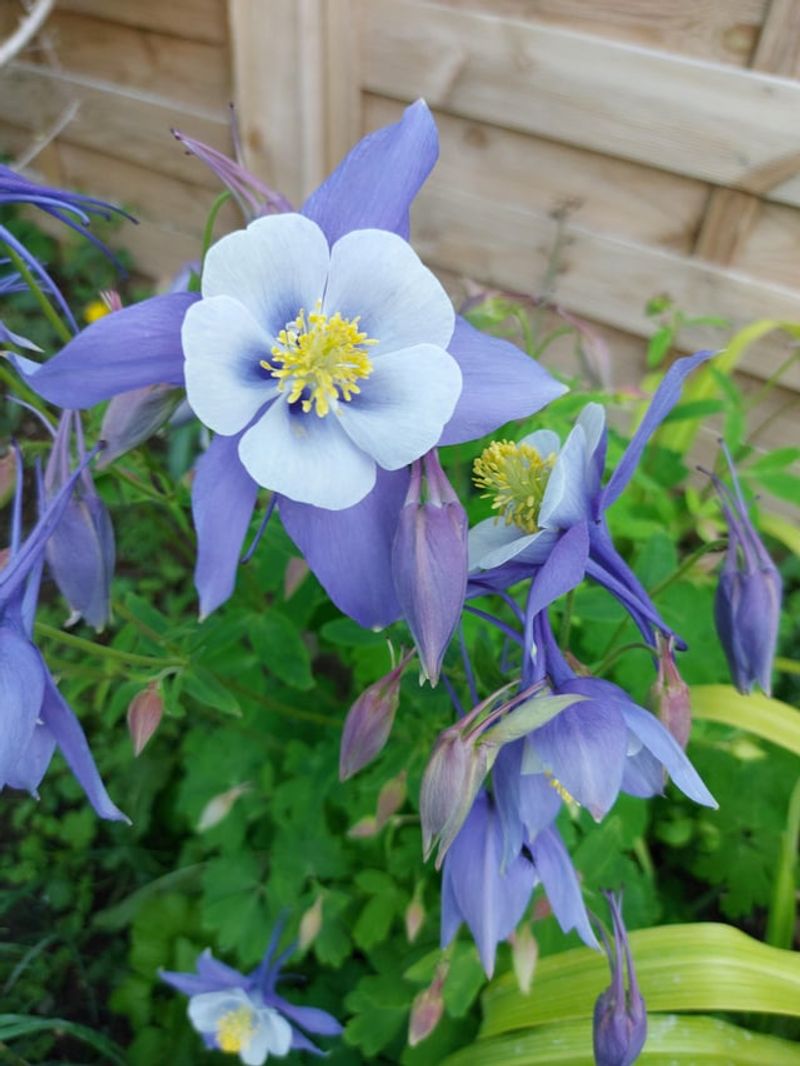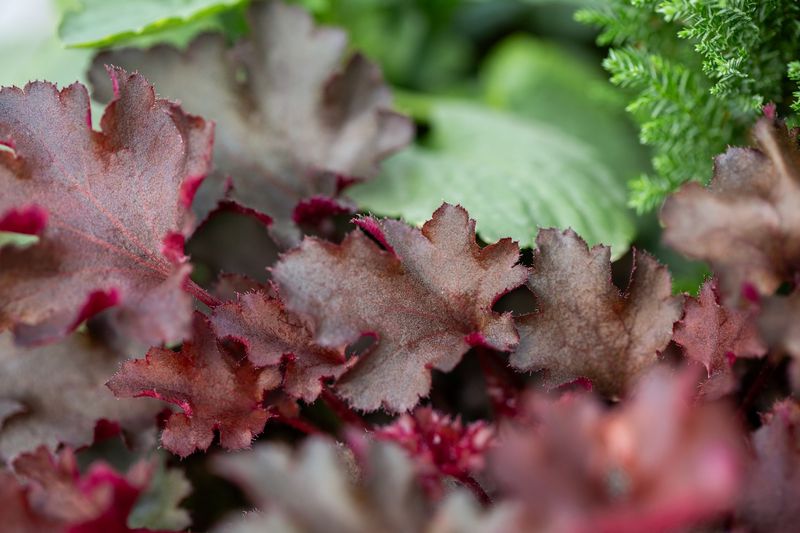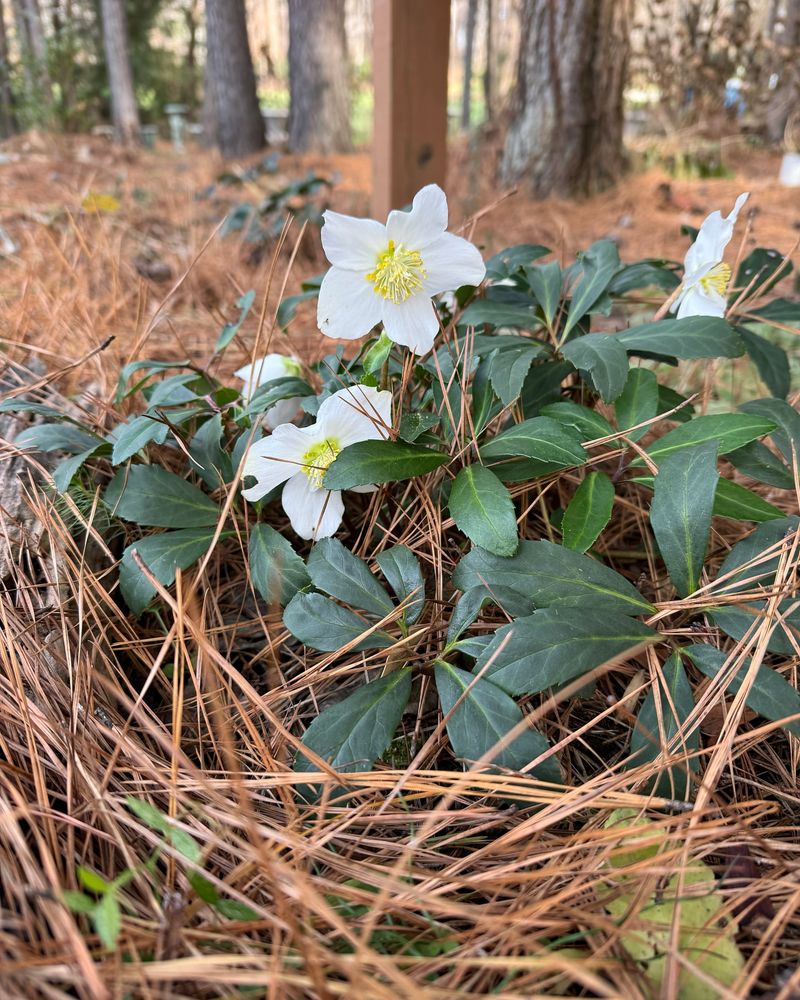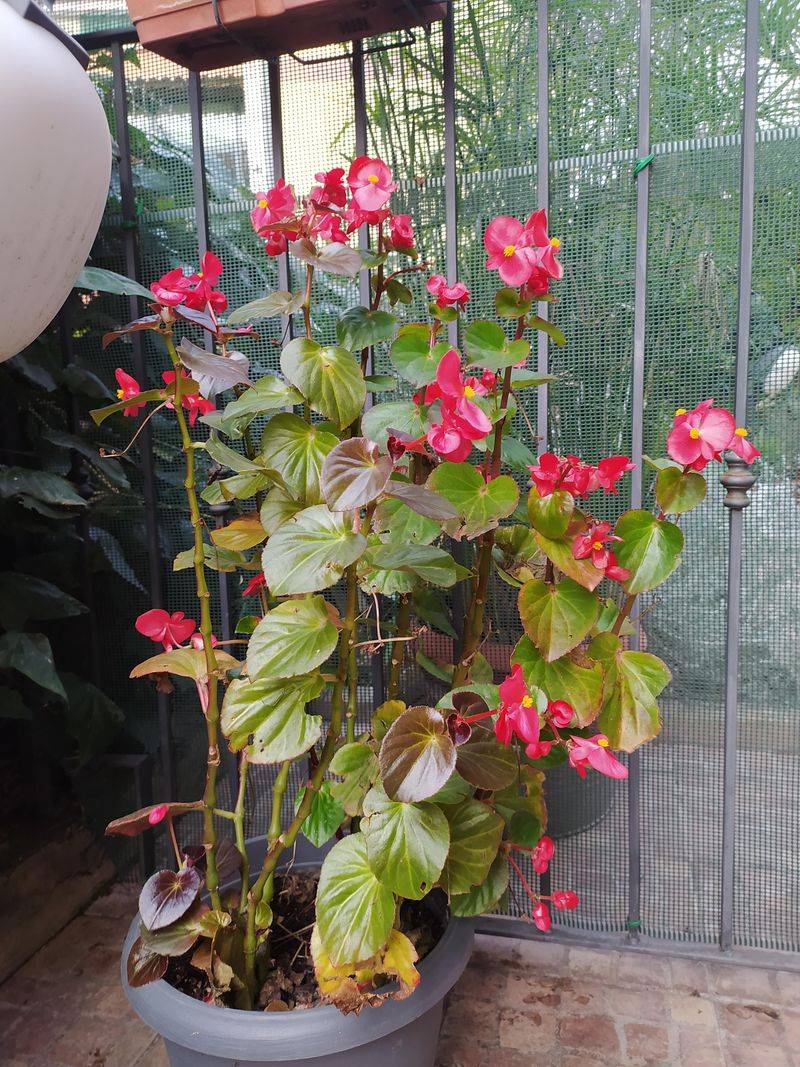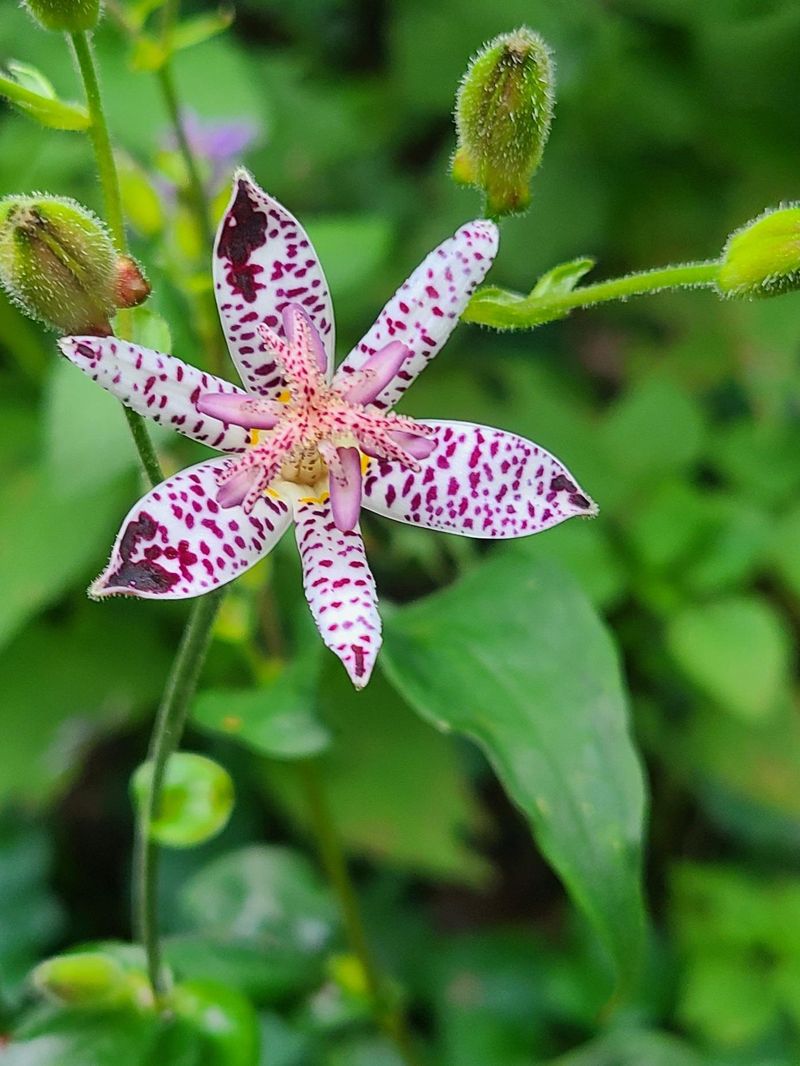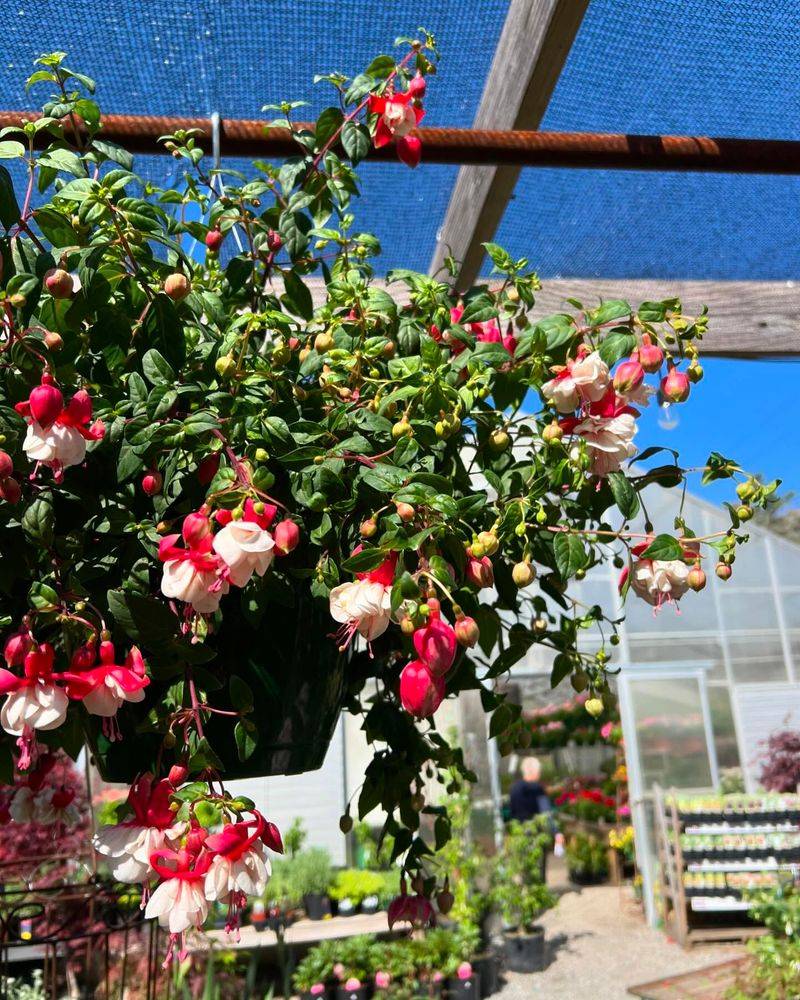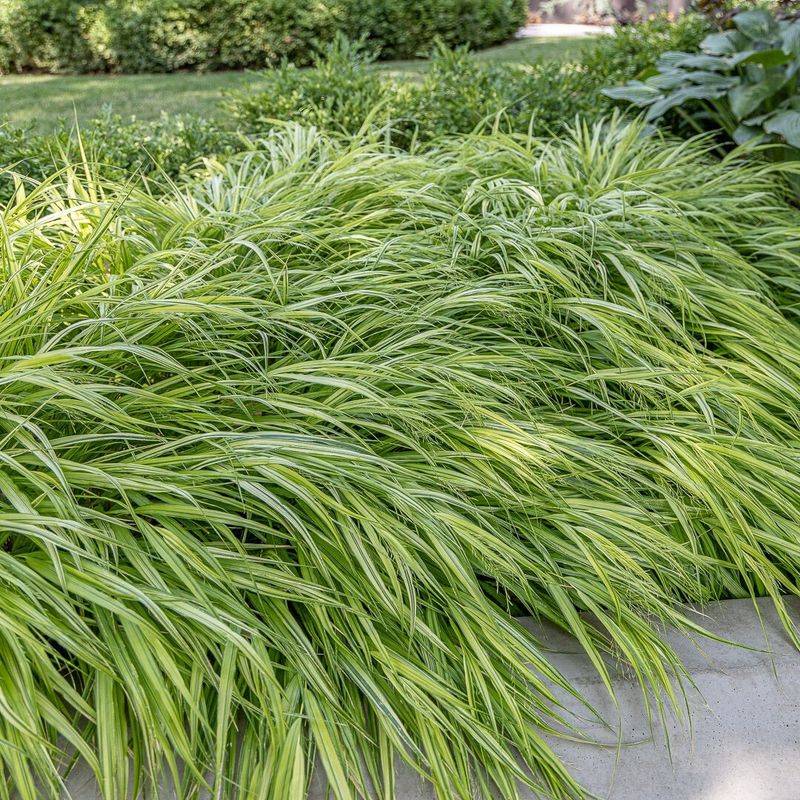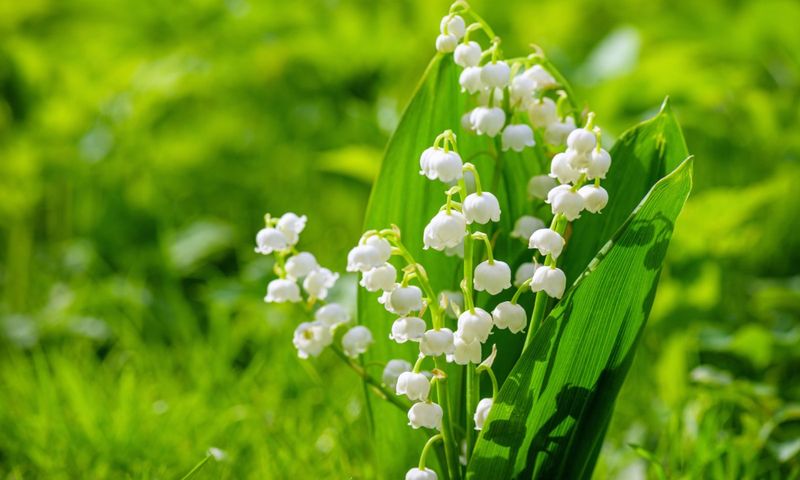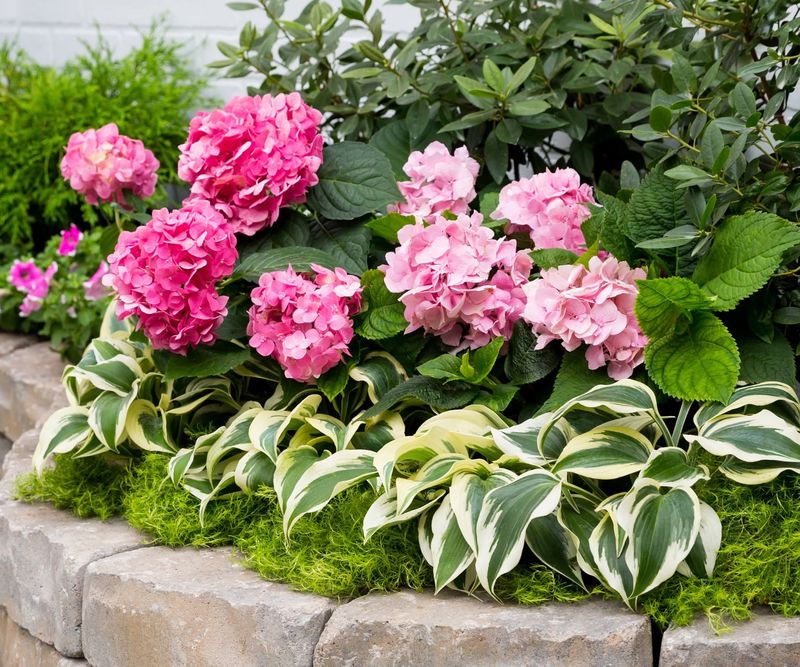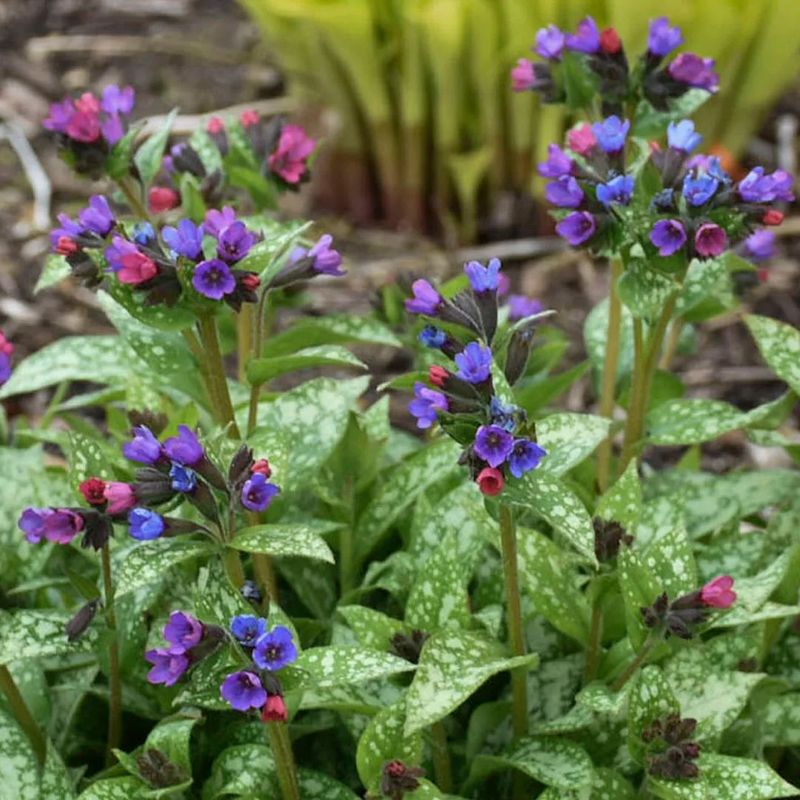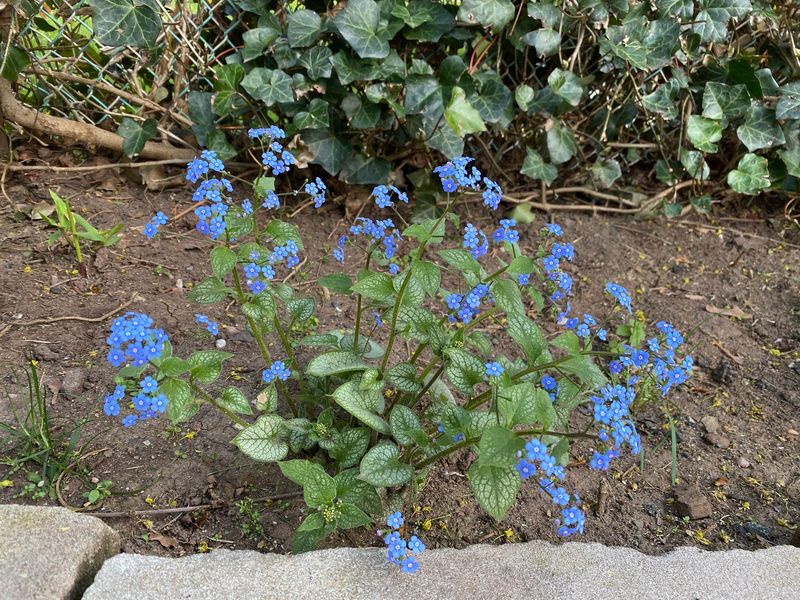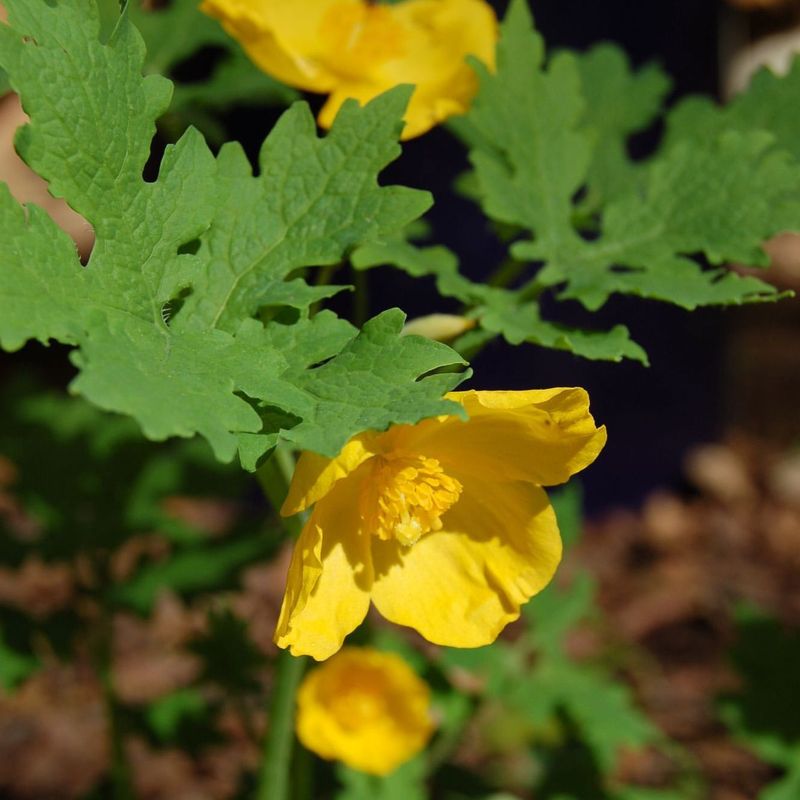Shady spots in North Carolina gardens can feel like a challenge—but they’re actually an opportunity. When trees or buildings limit sunlight, many plants fade, but some flourish in those gentler conditions.
From quiet corners to woodland edges, there are blooms that thrive in the cool and calm of filtered light. These shade-loving flowers don’t just survive—they add texture, color, and personality to overlooked spaces. Ready to brighten up those darker patches?
These stunning flowers are tailor-made for North Carolina’s unique growing conditions and will turn shade into a showcase.
1. Impatiens
Perfect for those deeply shaded spots where other flowers just give up. The soft, rounded blooms come in whites, pinks, reds, and purples that seem to glow even in dim corners.
During our hot North Carolina summers, they’ll thank you for that protection from direct sun. My grandmother’s garden always featured these along her north-facing porch.
Just keep the soil consistently moist but not soggy, and they’ll reward you with non-stop blooms from spring until the first frost.
2. Bleeding Heart
The name says it all – these unique heart-shaped flowers dangle from arching stems like little lockets. In spring, they put on a spectacular show that few shade plants can match.
Once established in your North Carolina garden, they’ll return year after year. I’ve seen them thriving in yards where they’ve been undisturbed for decades.
Plant them in rich, moist soil under deciduous trees where they’ll get spring sun before the leaves fill in.
3. Hosta
Not technically grown for flowers, but their tall purple or white blooms are a nice bonus to their stunning foliage. The leaves come in blues, greens, yellows, and variegated patterns that brighten shady spots.
These tough plants handle North Carolina’s clay soils better than most. My neighbor has a whole collection under his oak trees, and they look spectacular even in the deepest shade.
Watch out for deer though – they consider hostas a delicacy and will munch them to the ground if given the chance.
4. Astilbe
The feathery plumes of these shade-lovers add height and texture where many flowers can’t grow. Their fluffy flower spikes come in pinks, reds, lavenders, and whites.
They’ve handled even the shadiest corners of my garden with grace. Unlike many shade plants, they offer that vertical element that’s often missing in low-light areas.
Give them consistently moist soil with plenty of organic matter, and they’ll be happy for years in your North Carolina landscape.
5. Columbine
These delicate-looking flowers are actually tough as nails in the right conditions. Their unique spurred blooms dangle like tiny lanterns above lacy foliage.
Native columbines are especially well-adapted to North Carolina’s climate and will self-seed gently around your garden. I let mine wander through the woodland edge of my yard.
The hummingbirds absolutely love them, so planting columbines near a window gives you front-row seats to the aerial show each spring.
6. Heuchera
Known primarily for their colorful foliage, these native perennials also produce delicate flower spikes that hover above the leaves. The foliage ranges from deep purples to caramels, limes, and silvers.
They perform beautifully in North Carolina’s climate as long as they have good drainage. Some of my best garden combinations pair these with ferns and hostas for year-round interest.
Plant them where you can appreciate the way morning light makes their leaves glow like stained glass.
7. Hellebore
Often called Lenten roses, these aren’t roses at all but tough woodland plants that bloom when almost nothing else dares. Their nodding flowers appear in late winter, sometimes even through snow.
The evergreen foliage looks good all year in North Carolina gardens. My collection started with just one plant, but I was so impressed with how they handled our weather that I now have several varieties.
Once established, they’re remarkably drought-tolerant despite preferring shade.
8. Begonia
The wax begonias available at every garden center are just the beginning – there’s a whole world of shade-loving begonias out there. From tiny flowers to massive blooms, there’s a begonia for every taste.
In our humid North Carolina summers, they’re right at home. The ones on my screened porch bloom non-stop from May through October without direct sun.
Some varieties can even be overwintered indoors and brought back out year after year.
9. Toad Lily
When most shade gardens are winding down for the year, toad lilies are just getting started. Their orchid-like spotted flowers appear in fall when we need them most.
The unusual blooms look almost exotic, yet they handle North Carolina’s conditions with ease. They’ve become my go-to recommendation for gardeners looking for something unique for shade.
Plant them where you can get close enough to appreciate their intricate patterns – perhaps along a shady path or near a seating area.
10. Fuchsia
Those dangling, almost tropical-looking blooms are actually perfect for hanging baskets in shady spots. The two-toned flowers in pinks, purples, whites, and reds attract hummingbirds all summer long.
While they’re often grown as annuals, some varieties can survive North Carolina winters in protected spots. The ones on my north-facing porch bloom from spring until frost without direct sunlight.
Keep them well-watered during hot weather for the best display.
11. Japanese Forest Grass
Technically not a flowering plant, but the cascading golden foliage lights up dark corners like nothing else. The arching blades catch even the slightest breeze, adding movement to still spaces.
It’s particularly striking against North Carolina’s red clay soil. I’ve planted several clumps beneath my deck where nothing else seemed happy, and they’ve thrived for years.
Pair it with blue hostas or dark heucheras for a stunning color contrast that works even in deep shade.
12. Foxglove
Those tall spires covered in tubular blooms add vertical drama to shady spots. While they prefer dappled shade rather than deep darkness, they’ll flower beautifully in North Carolina’s woodland gardens.
Most are biennial, forming a rosette the first year and flowering the next. I let mine self-seed around my garden’s edges where they create surprise focal points each summer.
The bumblebees absolutely love them, disappearing completely inside the spotted throats as they collect pollen.
13. Lily Of The Valley
Those fragrant little bell-shaped flowers pack a powerful scent that can perfume an entire garden. The dark green leaves create a beautiful groundcover even when not in bloom.
They spread slowly but surely through underground rhizomes. My patch started with just a few pips from my grandmother’s garden and now covers a shady corner where grass wouldn’t grow.
Just be aware that all parts are poisonous, so keep them away from pets and children who might sample the garden.
14. Hydrangea
While they can handle some morning sun, many hydrangeas bloom beautifully in bright shade. Their massive flower heads create dramatic focal points even in dim corners.
North Carolina’s acidic soils naturally produce blue blooms on many varieties. The ones along my north-facing foundation wall produce flowers bigger than my head without seeing direct sunlight.
The native oakleaf hydrangea is especially tough in our climate and offers beautiful fall color as a bonus.
15. Lungwort
Don’t let the unappealing name fool you – these spring bloomers offer both spotted foliage and delicate flowers. The blooms start pink and change to blue as they age, often showing both colors at once.
The silver-spotted leaves brighten shady spots long after the flowers fade. They’ve handled the dry shade under my maple tree better than almost anything else I’ve tried.
Plant them where you can appreciate the detailed leaf patterns up close.
16. Foam Flower
These native woodland plants produce airy spikes of tiny star-shaped blooms above pretty maple-like leaves. The delicate flower stems seem to float above the foliage like foam on water.
Being native to the eastern US, they’re perfectly adapted to North Carolina’s growing conditions. In my garden, they’ve formed a beautiful colony in the dappled shade beneath deciduous trees.
The semi-evergreen foliage often develops beautiful purple veining in cooler weather, adding winter interest.
17. Brunnera
Often called false forget-me-not, these spring bloomers produce clouds of tiny blue flowers above heart-shaped leaves. The variegated varieties with silver or white patterns really brighten dark corners.
They form slowly expanding clumps that stay well-behaved in the garden. My ‘Jack Frost’ variety has been a standout performer in the dry shade beneath my neighbor’s massive oak tree.
The foliage looks good all season long, even after the flowers have faded.
18. Celandine Poppy
These native woodland wildflowers produce cheerful yellow blooms in early spring. Their bright flowers seem to capture sunlight even in shady spots where it’s scarce.
As natives to the eastern US, they’re well-adapted to North Carolina’s forests and gardens. The small colony in my backyard woodland edge returns reliably each year with zero care from me.
They’ll self-seed gently if happy, creating natural-looking drifts over time.

